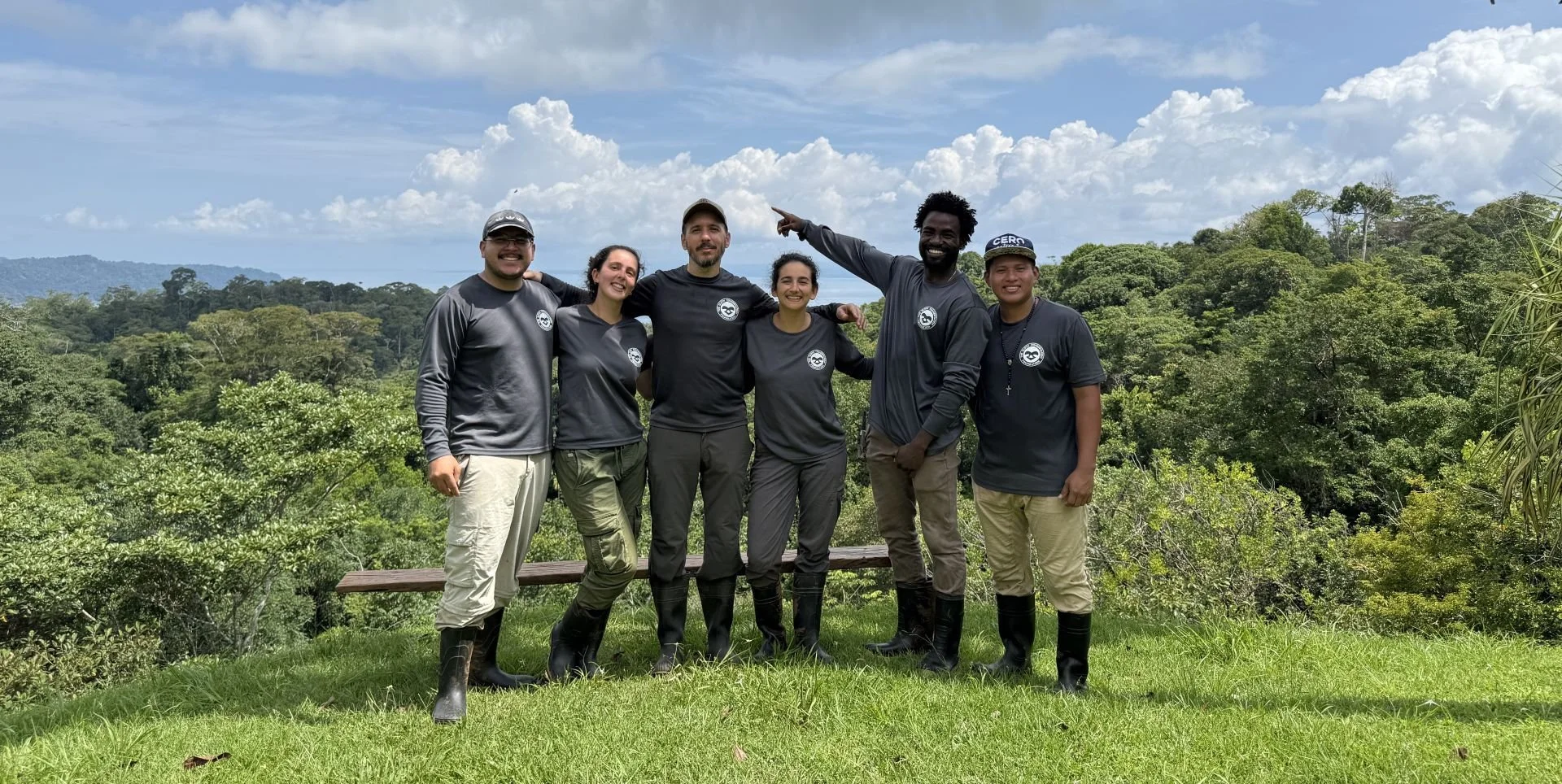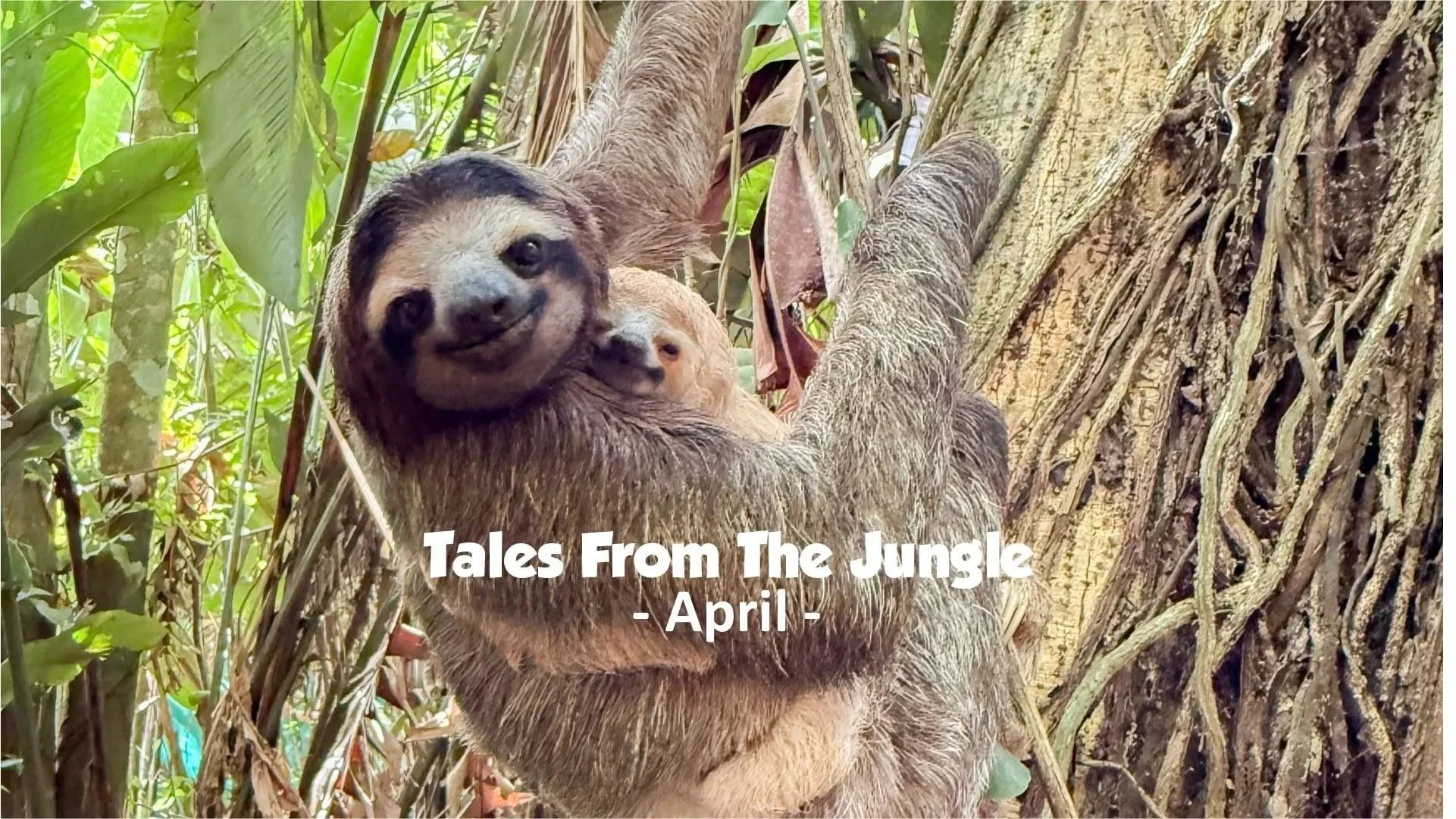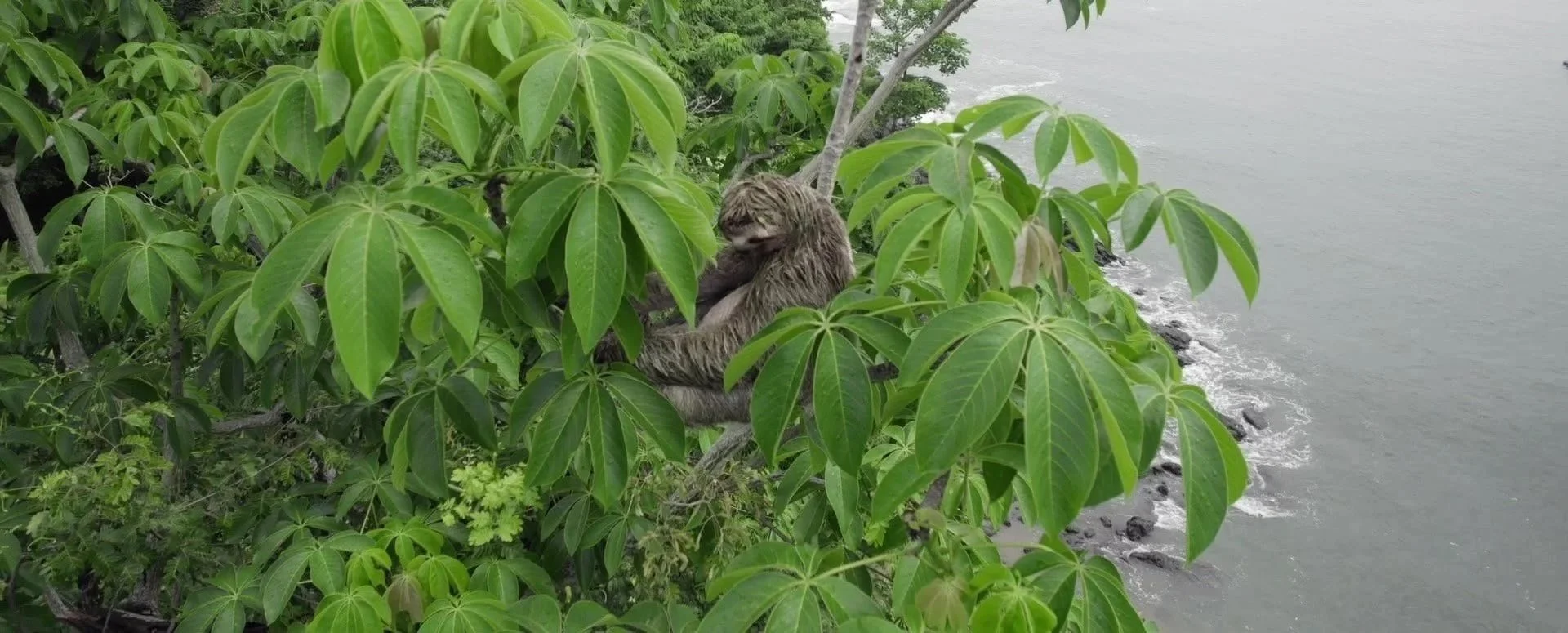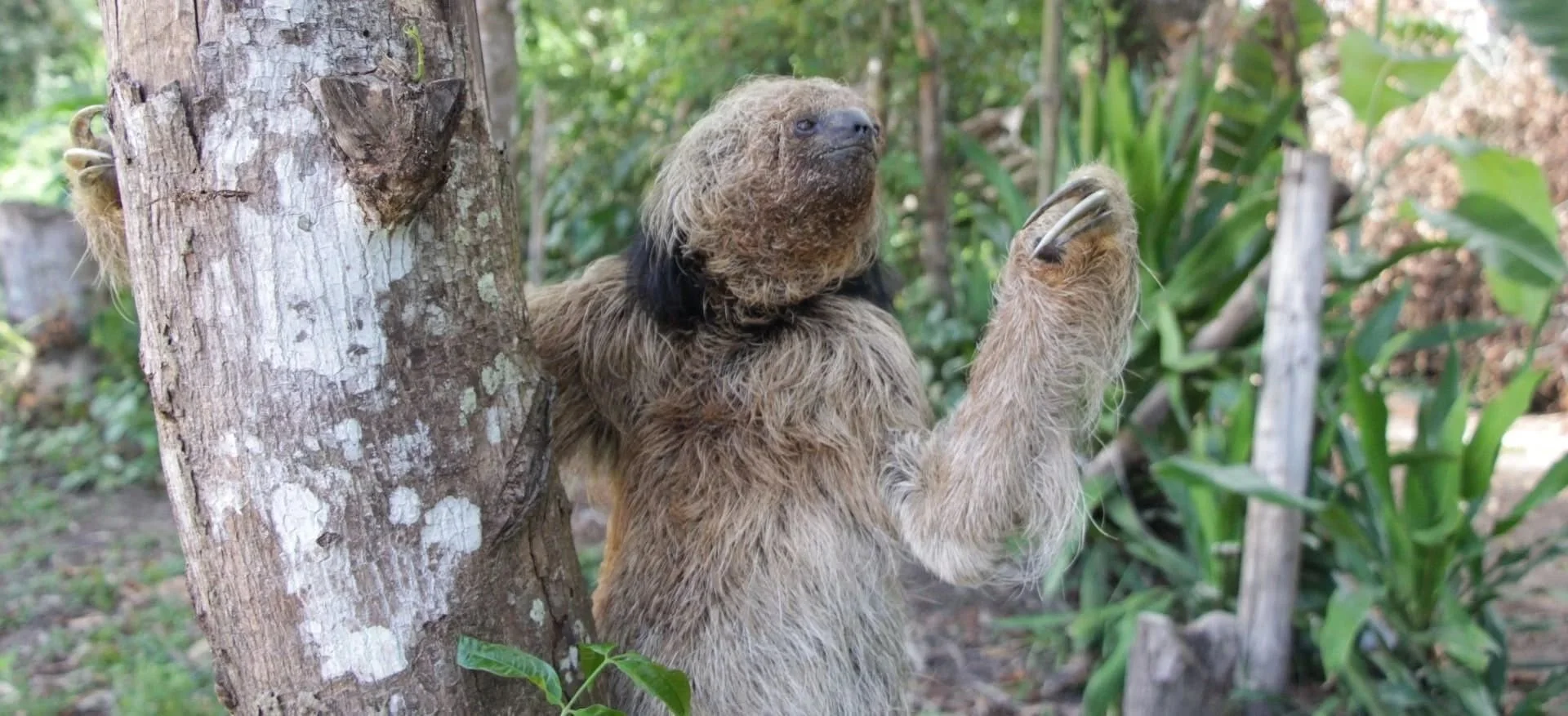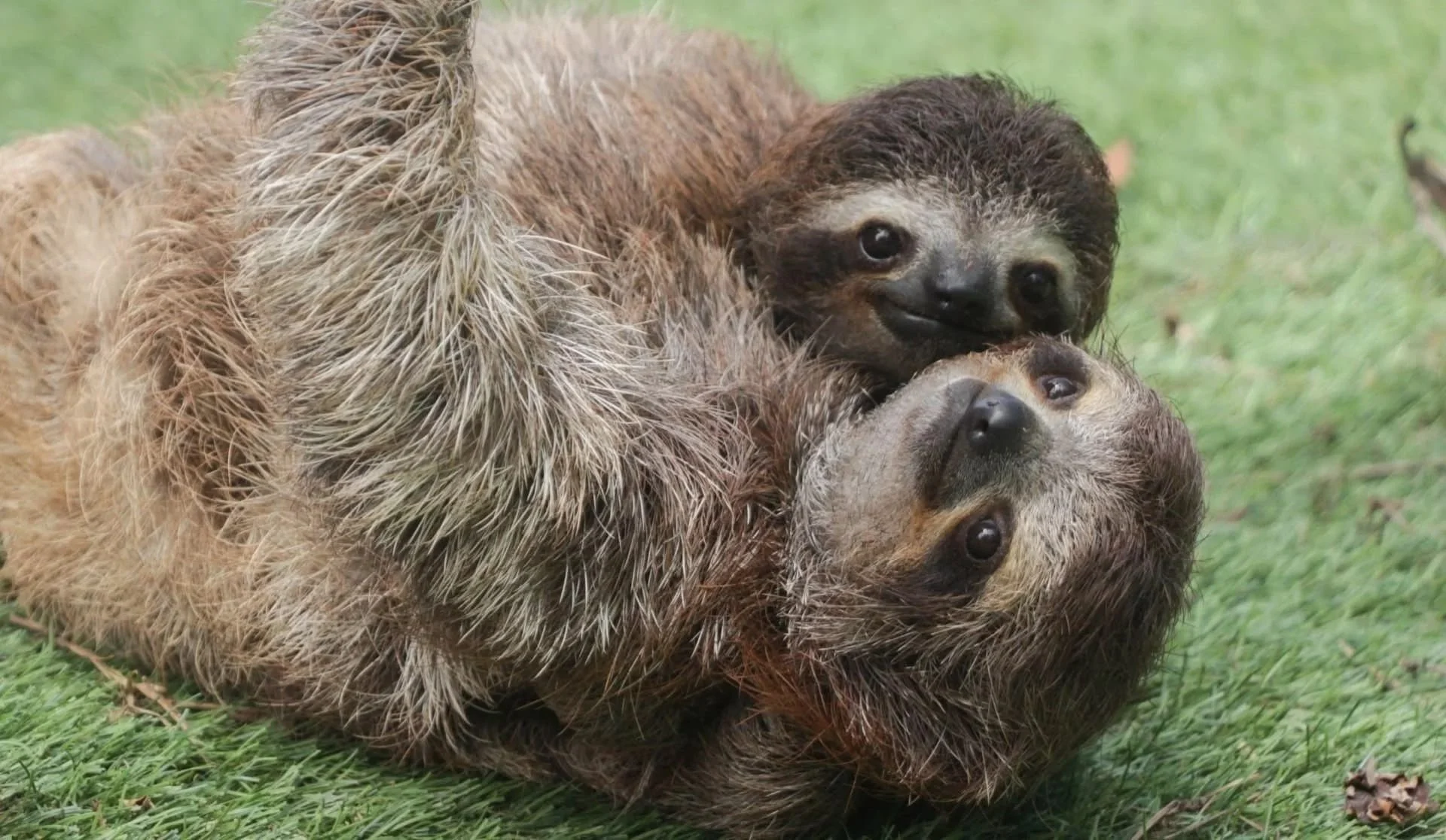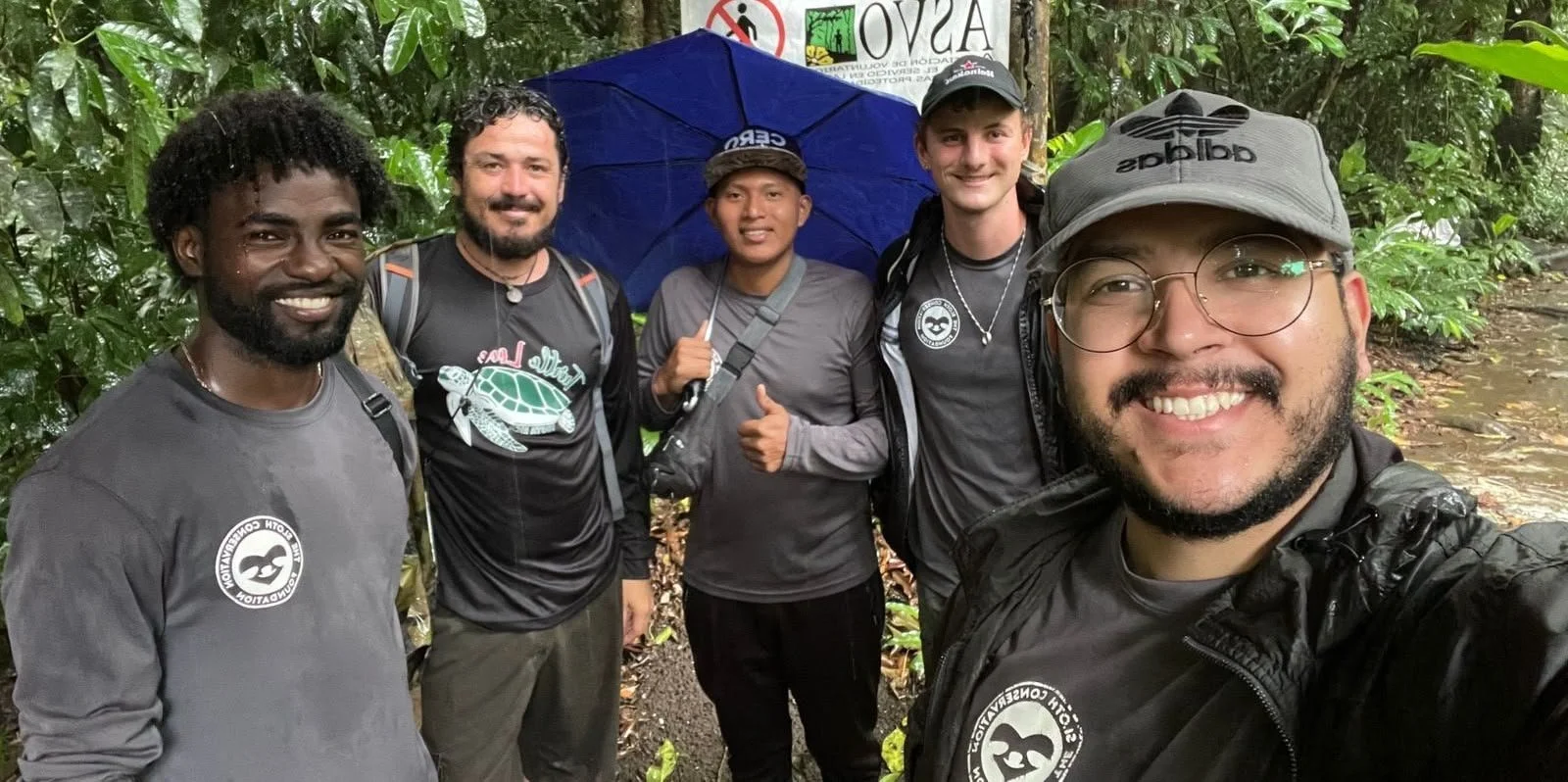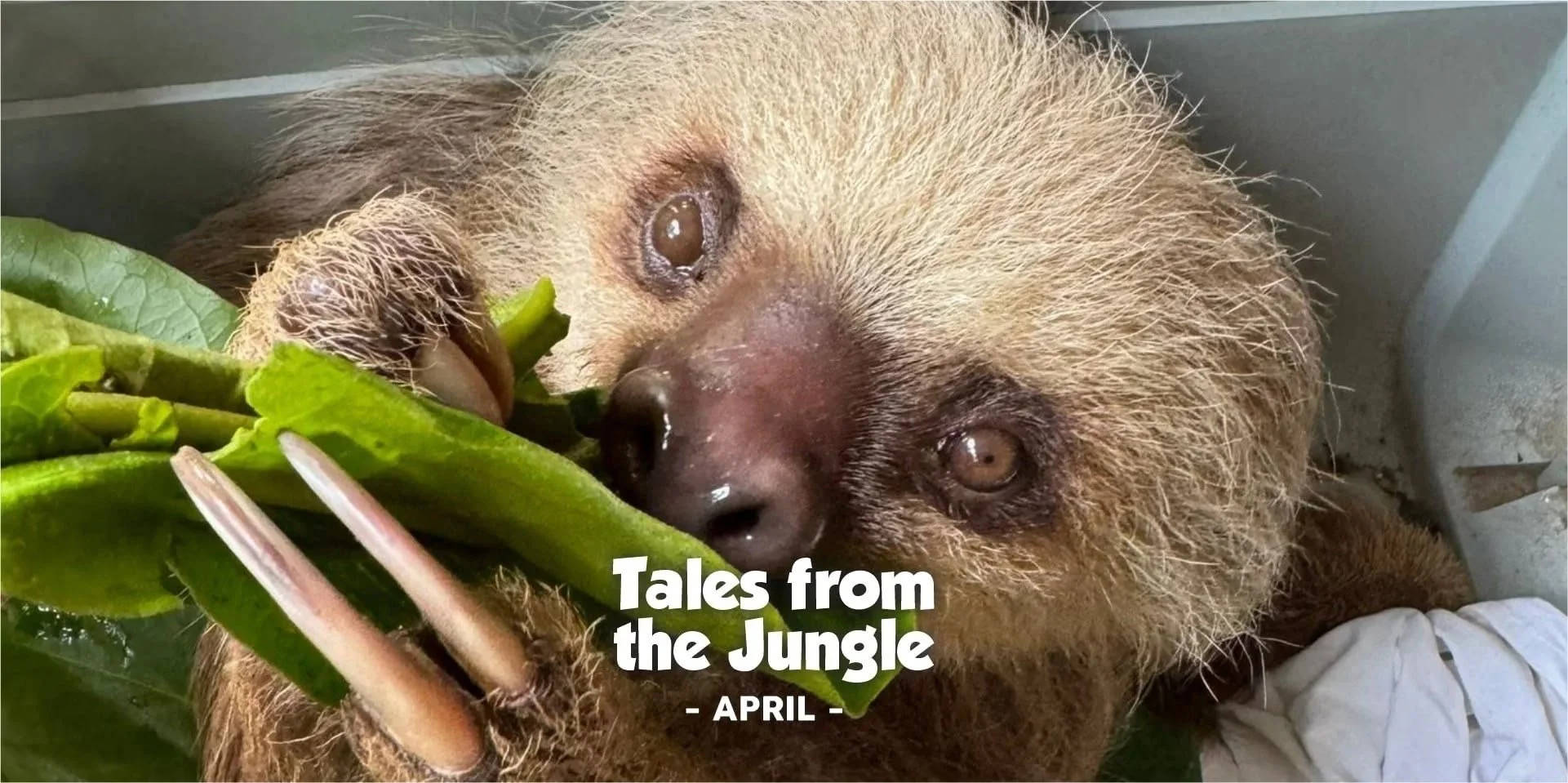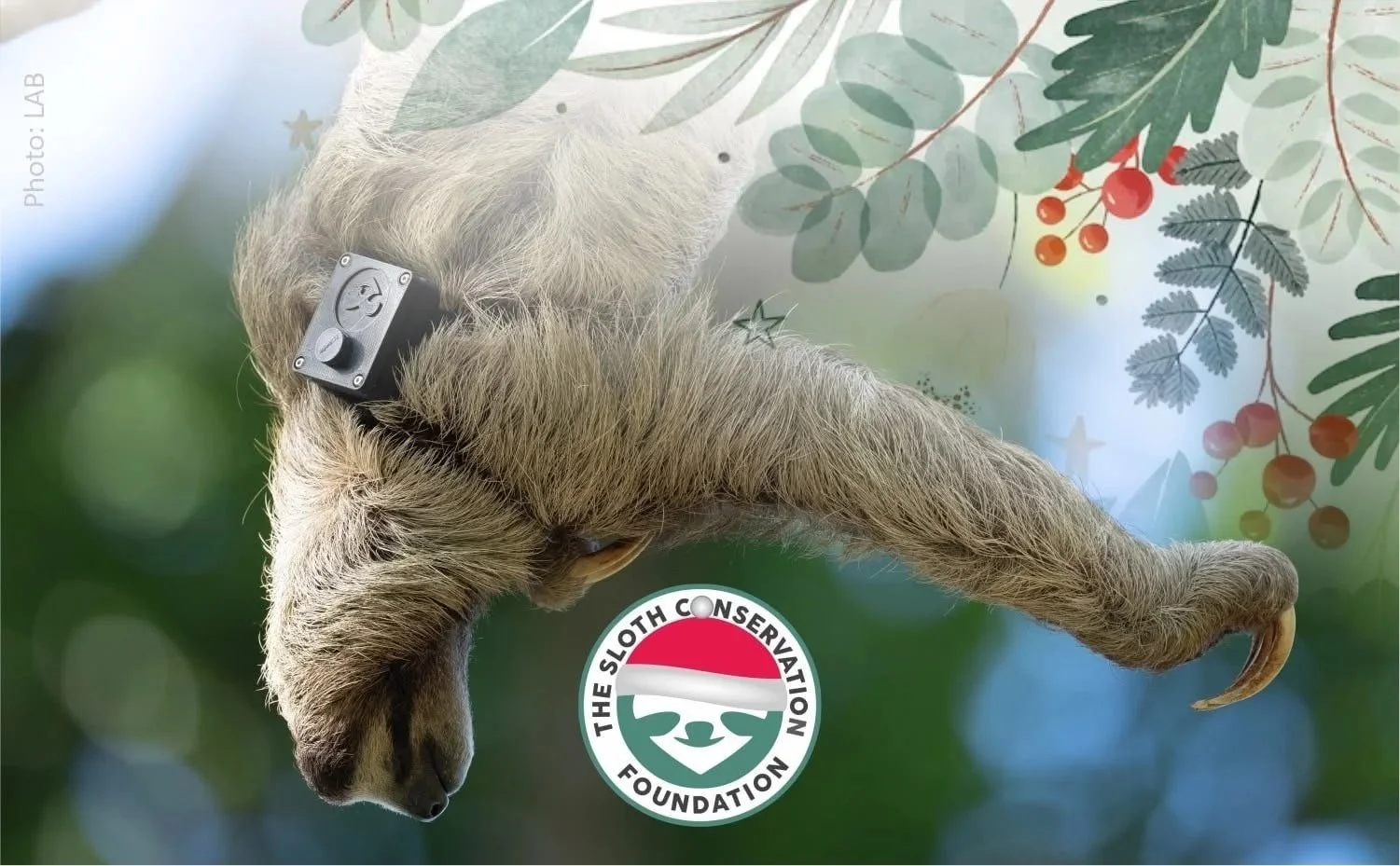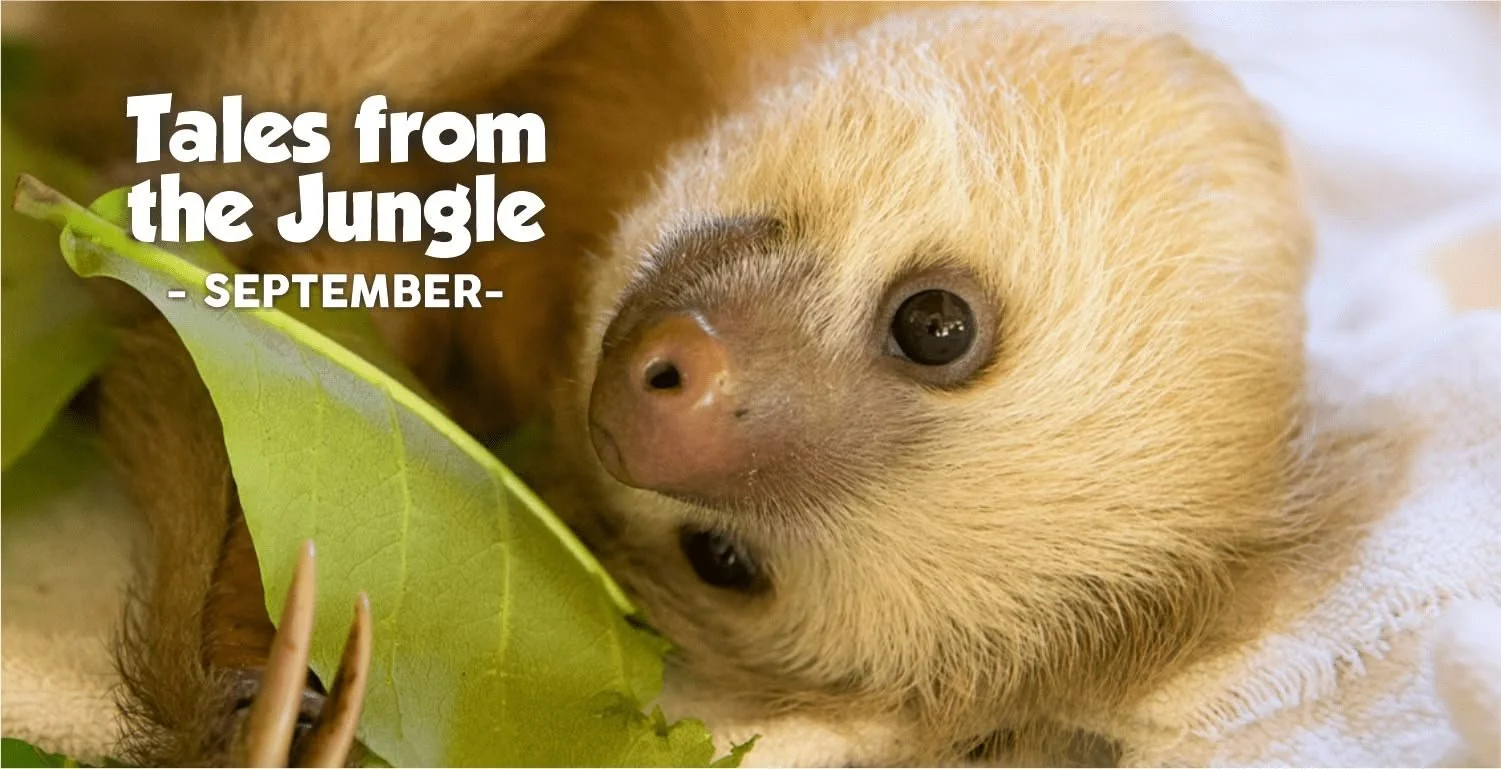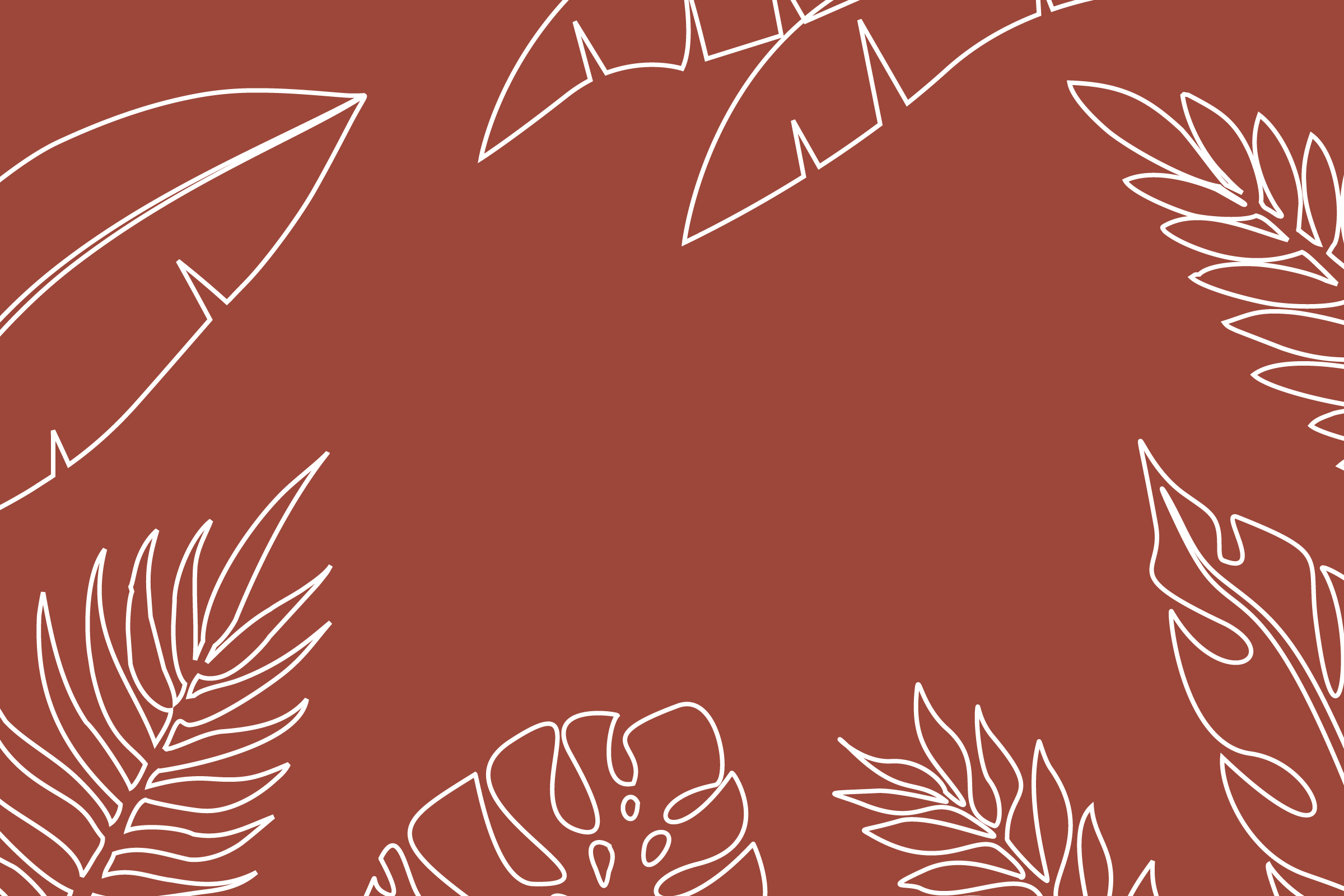
Osa Expedition: Two Sloths, Three Plots, and One Very Happy Team
If there’s one thing fieldwork teaches you, it’s that nothing ever goes entirely to plan, and that’s exactly what makes it exciting.
Great Sloth Census | The Dog Days Are Over
We don’t know how many sloths there are.
We don’t even know how many there should be.
And that’s a problem.
The Rise and Fall of the Giant Sloths
What 35 million years of evolution reveal about resilience, extinction, and the role of humans.
April 2025 | Tales From The Jungle
It’s hard to believe we’re already heading into the fifth month of the year—while sloths may be slow, time certainly isn’t!
A Peek Into Sloth Data
Last week, we went to the primary forests in search of new sloths to collar and monitor for the Urban Sloth Project.
Counting Trees and Tracking Sloths | Tracking Diaries #17
Trees, more trees. Ten, a hundred, a thousand, more?! The beginning of the Great Sloth Census (a different research project SloCo is conducting to study the population of sloths) is definitely not easy.
Osa Peninsula: One of the Best Places to See Wildlife… But Not Sloths
The Osa Peninsula, located in the South Pacific area of Costa Rica, is one of the most biodiverse hotspots on the planet, containing 2.5% of global terrestrial biodiversity in just 1,200 km²! On social media, you can see footage of tour guides constantly spotting tapirs, monkeys, and even jaguars.
Meet the Southern Maned Sloth: The Latest Sloth Described
Sloths are divided into two large groups: Bradypus, the three-fingered sloths that include the famous smiley and masked-face sloths, and Choloepus, the brownish ones with a pig-like nose and two fingers on each hand.
Would You Hug a Sloth? Take the Survey
Social media is filled with photos and videos of people holding sloths (or other wildlife), and we are investigating the reasons behind this behavior, as well as public perceptions and experiences regarding encounters with sloths.
Our Second Trip to Tortuguero to Install More Sloth Crossings!
Tortuguero is one of the most unique places in Costa Rica. It’s a small village with no streets or cars, which makes sense, as there are no roads leading there.
April 2024 | Tales From The Jungle
Sloths in the wild learn everything from their mother: where to sleep, what to eat, and even when it’s time to climb down the tree to defecate.
Collaring Tender the Sloth Through the Lens of a Photographer
Many locals in the beach town of Puerto Viejo de Talamanca, where the Sloth Conservation Foundation is located, help Dr. Rebecca Cliffe and her team by alerting her when they find a sloth.
La Selva Sloths | Retrieving the GPS Collars
Back in June 2023, we ventured into the lush rainforest of La Selva Biological Station and Reserve to fit GPS collars on three sloths there: George, Misty, and Selvina.
The Urban Sloth Project RECAP Part III (2023)
What a year, huh?! Everything happened in 2023 for the Urban Sloth Project (USP)! We upgraded our technology by saying goodbye to our sloth backpacks and embracing collars with Daily Diaries Data Loggers and GPS trackers.
Habitat Surveys: Unveiling the Secrets of Sloth Homes
Habitat surveys are an essential part of the Urban Sloth Project (USP). In these surveys, we make eight squares, each 100 square meters, in the areas where sloths live. We collect GPS locations of the sloths and study the trees in these squares.
Questions and Certainties
Are sloths drinking more water than before? Is the smoke from cars affecting the delicate micro-ecosystems of green algae and moths that sloths have in their fur? Are sloths affected by artificial lights?
Solar Eclipses: When Day Turns to Night, How Do Sloths Respond?
On Saturday, 14 October, parts of the western hemisphere, including our little corner of the South Caribbean, will experience a breathtaking celestial show: an annular solar eclipse.
September 2023 | Tales from the Jungle
Next month, we’ll be honoring the slowest mammal on Earth! We are gearing up (at our own un-slothful pace) to celebrate International Sloth Day, which is just three weeks away.
How Weather Shapes Maned Sloths’ Behavior and Visibility
The Maned Sloth, also known as Bradypus torquatus, indigenous to the Atlantic coastal rainforest of Brazil, are threatened by human interference, hunting activities, deforestation, and habitat loss, as well as climate change that affect their behavior.
Meet La Selva Sloths: George, Misty, and Selvina
We are entering the next phase of the Urban Sloth Project! The aim of the Urban Sloth Project (USP) is to understand how urbanization and habitat disturbance are affecting the lives of sloths and their ecology.

